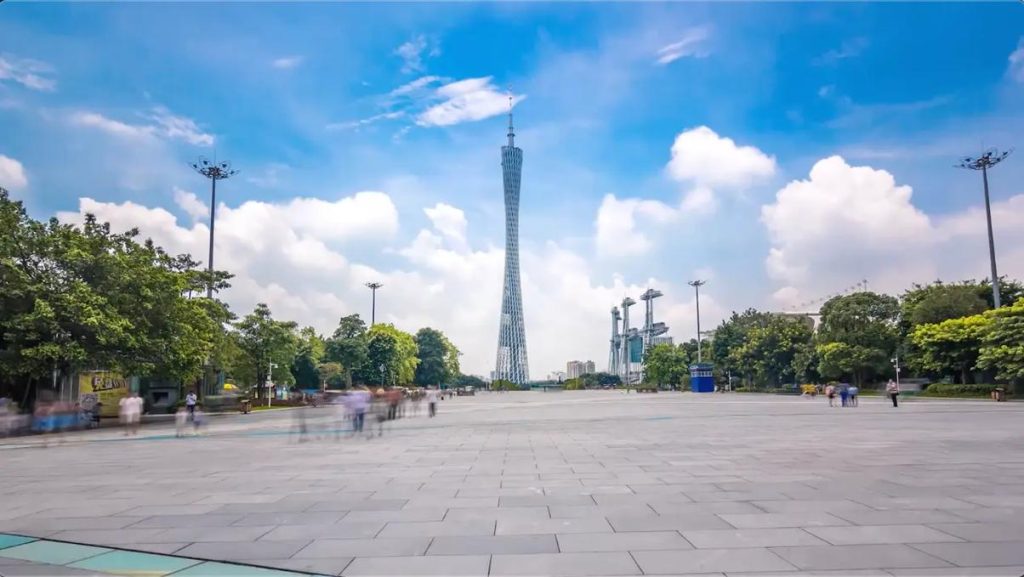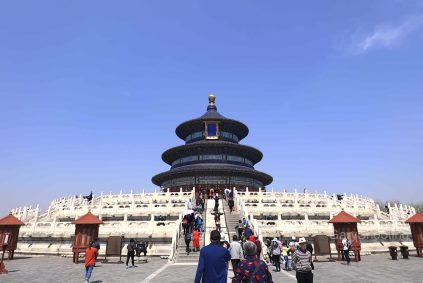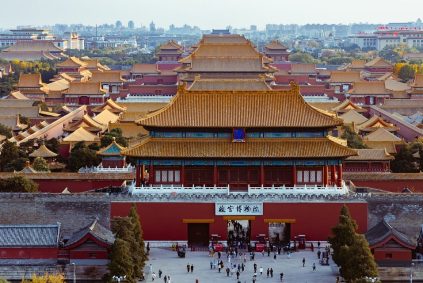Traditional Dim Sum Staples: A Taste of Cantonese Heritage
Dim sum, the cornerstone of Guangzhou’s culinary identity, reflects centuries of refinement in both technique and flavor. The iconic shrimp dumpling (har gow) exemplifies this tradition with its translucent wrapper made from wheat starch, encasing plump fresh shrimp, bamboo shoots, and a hint of pork fat. Skilled chefs meticulously fold each dumpling into at least 12 pleats, creating a delicate, flower-like appearance that balances aesthetics and texture. Similarly, siu mai (open-topped pork and shrimp dumplings) showcase a golden-yellow wrapper crafted from egg-enriched dough, topped with a single orange roe for visual contrast and bursts of briny flavor.
Steamed dishes dominate the dim sum landscape, with lo mai gai (lotus leaf-wrapped glutinous rice) offering a harmonious blend of savory and aromatic elements. Sticky rice, soaked in a soy-based marinade, absorbs the essence of chicken, Chinese sausage, and dried shrimp, while the lotus leaf imparts a subtle earthy fragrance. Another classic, fung zao (steamed chicken feet), undergoes a dual-cooking process: deep-frying to create a puffed texture, followed by slow steaming in black bean sauce until the skin becomes gelatinous and infused with umami depth.
Fried and Baked Delights: Crispy Textures Meet Bold Flavors
Contrasting the softness of steamed dim sum, fried varieties introduce audible crunch and rich layers. Chun juan (spring rolls) feature a rice paper wrapper filled with julienned vegetables like carrots and jicama, deep-fried until golden and served with a sweet chili dipping sauce. For a sweeter note, ma lai gao (steamed sponge cake) achieves its airy texture through fermented rice flour and eggs, resulting in a golden, honeycombed interior with a mild sweetness.
Baked dim sum highlights the art of pastry-making. Dan tat (egg tarts) combine a flaky, buttery crust with a silky-smooth custard filling, achieving the perfect balance between crispness and creaminess. The crust’s layers, created through repeated folding of dough, create a delicate shatter upon biting, while the custard—a blend of eggs, milk, and sugar—bakes into a caramelized top. Meanwhile, liu sha bao (salted egg yolk lava buns) captivate with their contrast of soft white dough and a molten, savory filling that oozes out when split open, a modern twist on traditional sweet buns.
Regional Innovations: Fusion and Seasonal Inspirations
Guangzhou’s dim sum scene thrives on creativity, blending local ingredients with global influences. Hong mi cheong fun (red rice noodle rolls) replace traditional white rice sheets with vibrant red wrappers made from beetroot or red yeast rice, encasing crispy fried dough and shrimp for a textural symphony. This dish reflects the city’s openness to innovation while maintaining its culinary roots.
Seasonal adaptations also play a role. During autumn, lo bak gao (turnip cake) gains prominence, featuring shredded daikon radish mixed with rice flour and dried shrimp, then pan-fried until crispy on the outside. The radish’s natural sweetness intensifies in cooler weather, making it a comforting choice. Similarly, ngau pak (ox tripe) appears in winter menus, slow-cooked in a spicy broth until tender, then served with chili oil and Sichuan peppercorns for a warming kick.
Cultural Significance: Dim Sum as a Social Ritual
Beyond its flavors, dim sum embodies Guangzhou’s social fabric. The practice of yum cha (drinking tea) with dim sum dates back to the Qing Dynasty, when tea houses served as gathering spots for laborers and merchants. Hari ini, families and friends gather for leisurely brunches, sharing baskets of dim sum while sipping jasmine or pu-erh tea. The ritual of pouring tea—always starting with the eldest or most respected guest—and the custom of tapping the table twice as thanks reflect deep-rooted etiquette.
Dim sum also mirrors the city’s diversity. Vegetarian options like jai gok (vegetable dumplings) cater to dietary preferences, while halal-certified kitchens offer beef and chicken variations. This inclusivity ensures dim sum remains a unifying force, transcending generations and backgrounds.
The Art of Presentation: Visual Storytelling on a Plate
Guangzhou’s chefs treat dim sum as edible art. Xian jiao (crystal shrimp dumplings) are shaped like rabbits or peaches for festive occasions, using natural food coloring from vegetables. Chiu chow fun gor (Chaozhou-style dumplings) feature translucent wrappers filled with minced pork, peanuts, and coriander, arranged on bamboo steamers lined with banana leaves for an authentic touch. Even the serving vessels matter: bone china plates for delicate items, woven baskets for steamed buns, and slate slabs for fried snacks, each enhancing the dining experience through thoughtful design.
This attention to detail extends to garnishes. A sprinkle of toasted sesame seeds on cheong fun (rice noodle rolls) adds crunch, while a drizzle of oyster sauce on gai lan (Chinese broccoli) balances bitterness. These finishing touches elevate dim sum from mere sustenance to a multisensory journey.
















